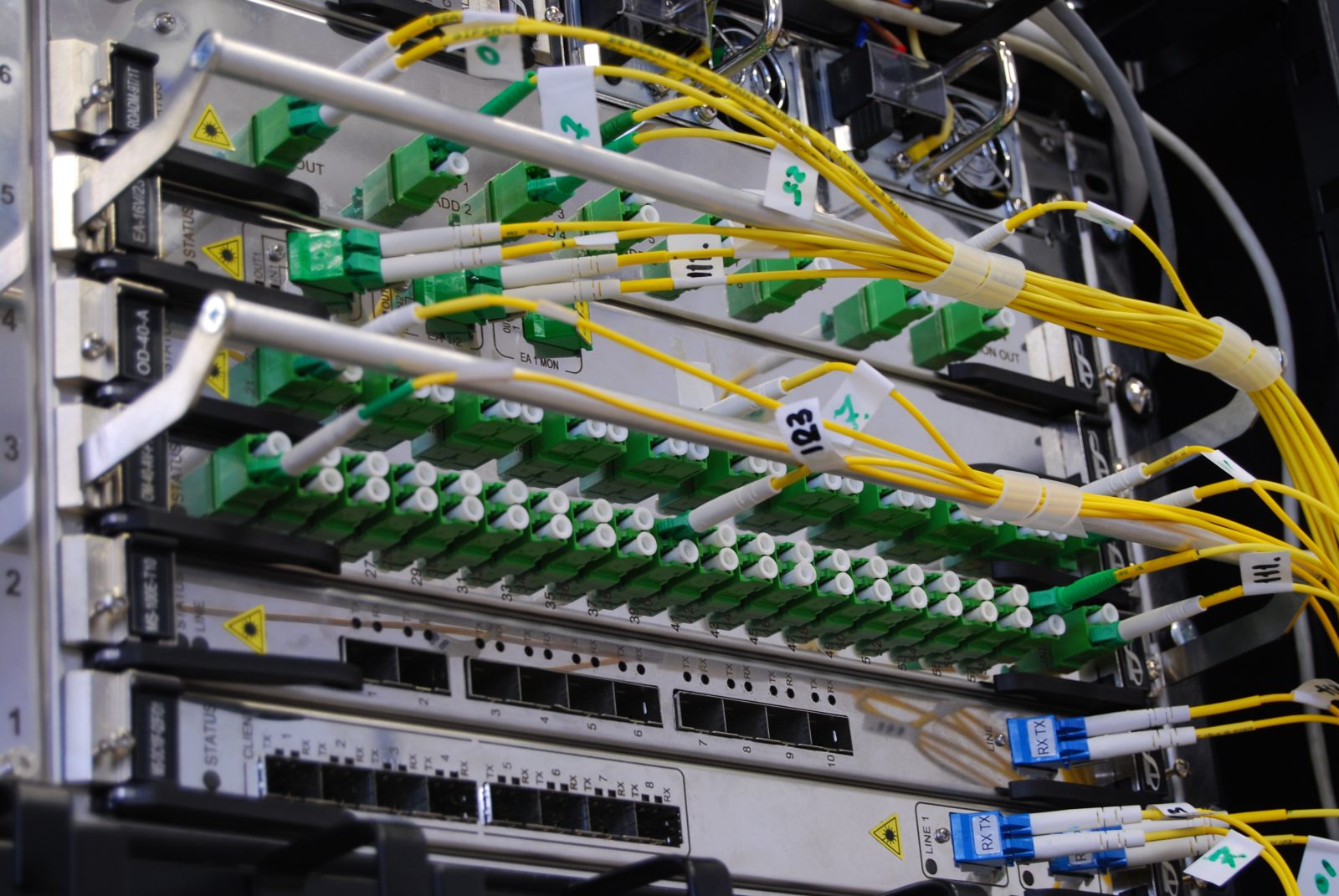
Best Practices For WiFi Network Telemetry

Telemetry is the process of automatically collecting data from remote or inaccessible sources and transmitting it to an IT system in another location for review and analysis. Telemetry data is used across multiple industries to deliver critical visibility – without data, businesses don’t know if different processes or applications are meeting their requirements and fulfilling their desired purpose.
When it comes to the WiFi, analyzed telemetry data reveals why networks are performing a certain way, whether that’s optimally, disastrously, or somewhere in between. Data keeps businesses running, and the better a company is at gathering usable data, the better they are able to evaluate their network. For reliable optimization, IT needs an up-to-date, working knowledge of how everything that comprises the network ecosystem works together: how it all performs, its current health, and its impact on end users, not to mention how everything changed over time.
Since IT cannot hover over employee shoulders 24/7, or analyze every single data packet that is sent throughout the course of a day, they use telemetry solutions to gather the data for them. As this data supports the proper functioning of the entire organization, we put together a list of best practices for collecting telemetry data that is insightful and usable.
Focus on user impact
Ideally, you want to gather telemetry data from the entire network ecosystem, as the more data you have, the better you can put together the full picture of your network’s health and avoid the technical problems that all too easily become business headaches.
Another way of saying “focus on everything,” is to say “identify what has a direct impact on your users.” Viewing data this way – from the end user perspective – will help you establish performance baselines, and give you direction on what questions your data needs to answer, from the specific:
- What happened just before and at the exact moment that a video call dropped?
to the more general:
- Do end users have reliable and secure access to applications?
- How quickly are network requests completed?
- Are devices interacting with the network as expected?
Make it actionable (bonus if it’s also proactive)
Data must be analyzed and delivered in the format of actionable insights to maximize its usefulness. In the best case scenario, these insights are delivered in near real-time, allowing IT to act on the information before end users are adversely impacted. Be aware that telemetry-only solutions do not deliver analytics and alerts, so you may have to work with one or more additional systems to bring data full circle.
Identify root causes
It’s much easier and faster to resolve problems when you have the root cause of an issue rather than just a list of symptoms. Make sure that all telemetry data is gathered 24/7 to give IT access to everything that happens on the network. This is the only way to ensure that your collected data includes the ultimate root cause of an issue.
If you can, work with an analytics solution that identifies the root cause automatically. This will save IT significant time troubleshooting and resolving issues.
Use graphs to review long-term performance trends
While real-time data is critical for resolving issues before end users are impacted, historical data is just as important. It’s this data that reveals long-term trends, supporting IT in identifying infrastructure areas that might be routinely performing well when tested, but nevertheless showing a gradual decline in performance. Decision makers can use the information to create a specific, personalized upgrade/update plan for a network.
Find an all-in-one solution
Finally, we want to wrap up with one last best practice: combine all of the above and select an all-in-one network telemetry solution like the Wireless Intelligence Platform™. WIP not only gathers telemetry data 24/7, but also analyzes it, providing IT with real-time, proactive alerts into the end user experience. It gathers data from the RF environment, providing insights into all infrastructure, connected devices, non-WiFi devices operating in the same airspace, applications, and more. Organizations that use WIP experience:
- 90% decrease in the Mean-Time-to-Resolution
- 80% fewer remote site visits
- 70% fewer WiFi problem tickets
Find out more about the platform and see how automatic WiFi network telemetry can improve your business processes and operational efficiency.


